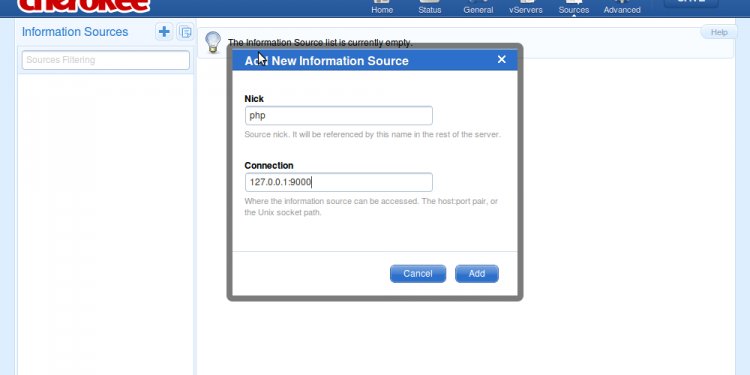
OpenSource version control systems
As a system admin, the chances are you collaborate with multiple people across the company, therefore you will probably know the stress of constantly transferring files and version controlling the changes. Version control tools are a great way to enable collaboration, maintain versions, and track changes across the team.
Perhaps the greatest benefit of using version control tools is that you have the capacity to deal with an unlimited number of people, working on the same code base, without having to make sure that files are delivered back and forth. Below are some of the most popular and most preferred open-source version control systems and tools available for making your setup easier.
1. CVS
CVS may very well be where version control systems started. Released initially in 1986, Google still hosts the original Usenet post that announced CVS. CVS is basically the standard here, and is used just about everywhere – however the base for codes is not as feature rich as other solutions such as SVN.
One good thing about CVS is that it is not too difficult to learn. It comes with a simple system that ensures revisions and files are kept updated. Given the other options, CVS may be regarded as an older form of technology, as it has been around for some time, it is still incredibly useful for system admins who want to backup and share files.
2. SVN
SVN, or Subversion as it is sometimes called, is generally the version control system that has the widest adoption. Most forms of open-source projects will use Subversion because many other large products such as Ruby, Python Apache, and more use it too. Google Code even uses SVN as a way of exclusively distributing code.
Because it is so popular, many different clients for Subversion are available. If you use Windows, then Tortoise SVN may be a great browser for editing, viewing and modifying Subversion code bases. If you’re using a MAC, however, then Versions could be your ideal client.
3. GIT
Git is considered to be a newer, and faster emerging star when it comes to version control systems. First developed by the creator of Linux kernel, Linus Torvalds, Git has begun to take the community for web development and system administration by storm, offering a largely different form of control. Here, there is no singular centralized code base that the code can be pulled from, and different branches are responsible for hosting different areas of the code. Other version control systems, such as CVS and SVN, use a centralized control, so that only one master copy of software is used.
As a fast and efficient system, many system administrators and open-source projects use Git to power their repositories. However it is worth noting that Git is not as easy to learn as SVN or CVS is, which means that beginners may need to steer clear if they’re not willing to invest time to learn the tool.
4. Mercurial
This is yet another form of version control system, similar to Git. It was designed initially as a source for larger development programs, often outside of the scope of most system admins, independent web developers and designers. However, this doesn’t mean that smaller teams and individuals can’t use it. Mercurial is a very fast and efficient application. The creators designed the software with performance as the core feature.
Aside from being very scalable, and incredibly fast, Mercurial is a far simpler system to use than things such as Git, which one of the reasons why certain system admins and developers use it. There aren’t quite many things to learn, and the functions are less complicated, and more comparable to other CVS systems. Mercurial also comes alongside a web-interface and various extensive documentation that can help you to understand it better.
5. Bazaar
Similar to Git and Mercurial, Bazaar is distributed version control system, which also provides a great, friendly user experience. Bazaar is unique that it can be deployed either with a central code base or as a distributed code base. It is the most versatile version control system that supports various different forms of workflow, from centralized to decentralized, and with a number of different variations acknowledged throughout. . One of the greatest features of Bazaar is that you can access a very detailed level of control in its setup. Bazaar can be used to fit in with almost any scenario and this is incredibly useful for most projects and admins because it is so easy to adapt and deal with. It can also be easily embedded into projects that already exist. At the same time, Bazaar boasts a large community that helps with the maintenance of third-party tools and plugins.
Author: Rahul Sharma
Previous Post
















